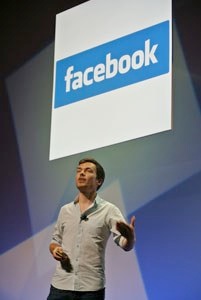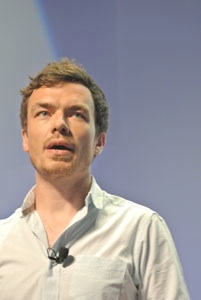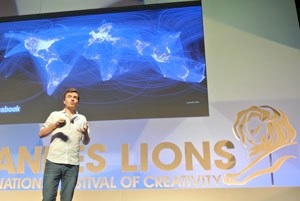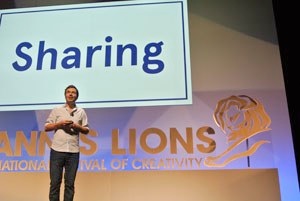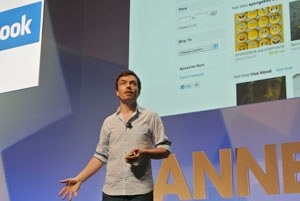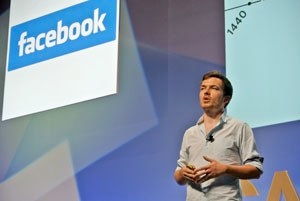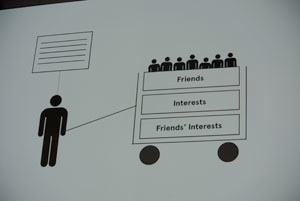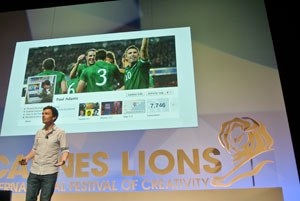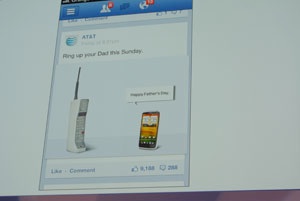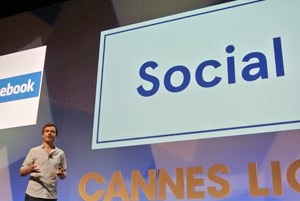Facebook: Social, Sharing, Groups
Facebook, a new creative canvas.
Paul Adams' talk was very demanded and, as the Debussy auditorium was full, many had to go to the streaming room to listen to his views on the psychology and creativity of sharing. Media are orienting around social interaction and for the first time in humanity, technological development has enabled us to study what people talk about and share at a scale never seen before. We're learning not only what people share, but why they share, and how the items they share influence their perceptions, attitudes and behavior. One can know about people and products before having encountered them and one can share the story of his life. The structure of information is rapidly changing: everybody's information are individual and fragmented but Facebook integrates and aggregates them, allowing to draw tendencies and figure out what people like, feel, listen to or buy. It appears that people share to build relationships, manage their identity and help others. The best advertising motivates people to talk about it and understanding why people talk, and what they talk about, is becoming increasingly important. But, if the recent apparition of Facebook and other social media like Pinterest is rapidly modifying the patterns of social integration, habits still remain. We have to take into account that people live in a group structure. Most sharing happens between small groups of close friends, as if we were living in some kind of "tribes" and talk to people like us, in an invisible network. Therefore, we are all connected but content will fundamentally spread from one group to another and so on. These patterns of behavior taken into account, sharing is the greatest creative opportunity of our generation. In conclusion, Paul Adams gave four tips for success in marketing through Facebook:
- Make social interaction a fundamental part of the creative brief,
- Base your creative ideas on real insight about social interaction,
- Think of Facebook as a new type of creative canvas,
- Design the news feed experience first.
Paul Adams gave the examples of Fanta, which created a game on Facebook or Burberry displaying very beautiful pictures. Again, creativity has to prevail in inspiring people to share because the "story" will appeal to them, emotionally or intellectually.
Paul Adams - Global Head of Brand Design, Facebook
